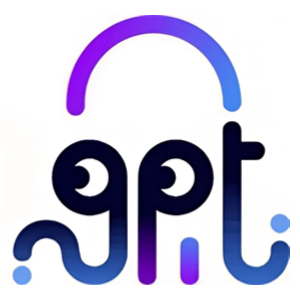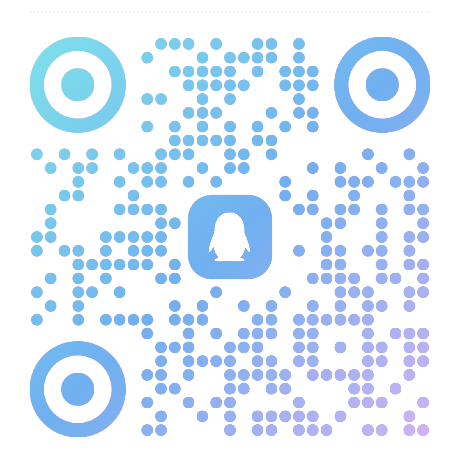要使用AI的扩展工具,首先需要了解这些工具的特性和用途。以下是一些 commonly used AI extension tools and their applications:
### 1. TensorFlow
TensorFlow is an open-source software library for machine learning and deep learning developed by Google. It provides a comprehensive set of tools and libraries for various AI tasks, including image recognition, natural language processing, and time series analysis.
#### Key features:
- **Flexibility**: TensorFlow can be used for both research and production.
- **Scalability**: It can run on a variety of platforms, from mobile devices to large-scale distributed systems.
- **Community**: There is a large and active community of developers and researchers contributing to TensorFlow.
#### Applications:
- **Image and video analysis**: TensorFlow can be used to build models for object detection, image classification, and video analysis.
- **Natural language processing**: TensorFlow can be used to build models for sentiment analysis, text classification, and machine translation.
### 2. PyTorch
PyTorch is an open-source machine learning library based on the Python programming language. It is developed by Facebook and provides a flexible and intuitive interface for building and training deep learning models.
#### Key features:
- **Dynamic computational graph**: PyTorch allows for dynamic graph construction, which is useful for tasks where the model architecture changes during training.
- ** ease of use**: PyTorch has a user-friendly API that makes it easy to define and train models.
- **Community**: There is a growing community of developers and researchers using PyTorch.
#### Applications:
- **Computer vision**: PyTorch can be used to build models for image classification, object detection, and semantic segmentation.
- **Natural language processing**: PyTorch can be used to build models for text classification, sentiment analysis, and sequence-to-sequence tasks.
### 3. scikit-learn
scikit-learn is a free software machine learning library for the Python programming language. It provides a wide range of algorithms for classification, regression, clustering, and dimensionality reduction.
#### Key features:
- **Simplicity**: scikit-learn has a consistent and simple API that makes it easy to use.
- **Efficiency**: scikit-learn is built on top of NumPy and SciPy, which makes it computationally efficient.
- **Community**: scikit-learn has a large and active community of developers and users.
#### Applications:
- **Classification**: scikit-learn can be used to build models for tasks such as spam detection, sentiment analysis, and image classification.
- **Regression**: scikit-learn can be used to build models for tasks such as predicting house prices or stock prices.
- **Clustering**: scikit-learn can be used to perform tasks such as customer segmentation or document clustering.
### Conclusion
These are just a few examples of AI extension tools and their applications. The choice of tool depends on the specific requirements of the task at hand, such as the type of data, the complexity of the model, and the available computational resources. By understanding the features and applications of these tools, you can choose the right one for your AI project.
\[
\boxed{800}
\]
©️版权声明:本站所有资源均收集于网络,只做学习和交流使用,版权归原作者所有。若您需要使用非免费的软件或服务,请购买正版授权并合法使用。本站发布的内容若侵犯到您的权益,请联系站长删除,我们将及时处理。











 鄂公网安备42018502008089号
鄂公网安备42018502008089号